|
The National Flood Insurance Program aims to reduce the impact of flooding on private and public structures. It does so by providing affordable insurance to property owners and by encouraging communities to adopt and enforce floodplain management regulations. These efforts help mitigate the effects of flooding on new and improved structures. Overall, the program reduces the socio-economic impact of disasters by promoting the purchase and retention of general risk insurance, but also of flood insurance, specifically. Signup to receive email updates.
You realize your flood insurance policy is about to expire and you’re on the fence about renewing: It hasn’t flooded in your area in years (or ever). And you really could use that extra money to buy something you really want. But wait! DON’T. RISK. IT. FACT: Flooding is the most common natural disaster in the United States, affecting every region and state, including yours. FACT: Flood insurance can be the difference between recovering and being financially devastated. FACT: The damage from just one inch of water can cost more than $20,000. FACT: If you allow your flood insurance policy to lapse for either more than 90 days, or twice for any number of days, you may be required to provide an Elevation Certificate (if you don't have one), and you may no longer be eligible for policy rate discounts you might have been receiving prior to the policy lapse. It's important to talk with your insurance agent before canceling or not renewing the policy. FACT: You can file a flood claim even if there is not a Presidential Disaster Declaration. FACT: Flood damage is not typically covered by homeowners insurance. FACT: No home is completely safe from potential flooding devastation—why risk it? FACT: If you live in a high risk flood zone, and you've received federal disaster assistance in the form of grants from FEMA or low-interest disaster loans from the U.S. Small Business Administration (SBA) following a Presidential Disaster Declaration, you must maintain flood insurance in order to be considered for any future federal disaster aid. FACT: Storms are not the only cause of floods. Flooding can be caused by dams or levees breaking, new development changing how water flows above and below ground, snowmelt and much more. FACT: Too often, Americans are caught off guard by the emotional and financial costs of flood damage. Check out your state's flood history with FEMA's data visualization tool. By rolling your cursor over each county, you can see how many flooding events have happened and learn more about the cost of flooding. Flood insurance helps more: Check out your state's flood history with FEMA's interactive data visualization tool. Roll your cursor over each county to see how many flooding events have happened. The tool allows you to compare how much FEMA and the U.S. Small Business Administration have provided in terms of federal disaster aid after Presidential Disaster Declarations to the amount the National Flood Insurance program has paid to its policyholders. It's easy to see that having flood insurance provides a lot more help for recovery. 3/26/2017 0 Comments FLOODS AND YOUR LIVESTOCKFloods can impact animal health as well as human health. Make plans for your livestock and horses in the event you will need to evacuate your farm.
Before a Flood • Maintain an inventory. □ Keep a current list of all animals on your farm. □ Include their location and any records of vaccinations, testing and ownership. • Have identification for all animals. □ Make sure animals have some form of permanent identification (e.g., ear tags, tattoos). □ Ensure animals are properly vaccinated before exposure to floodwaters. • Prepare an evacuation kit. □ Handling equipment (e.g., halters, nose leads) □ Water, feed, and buckets □ Medications □ Tools and supplies needed for manure cleanup □ Safety and emergency items for your vehicles and trailers □ Gas powered generators • Make evacuation arrangements. □ Determine possible evacuation areas – higher elevation, alternate production facilities (e.g., temporary milking parlors). □ Determine several routes to these locations. □ Identify alternate water or power sources. □ Locate and prearrange feed and water delivery, needed equipment (e.g., milking) and services (e.g., milk pickup). □ Have well maintained backup generators for livestock production operations. □ Make transport arrangements (e.g., trucks, trailers) with experienced handlers and drivers. □ Condition animals to being loaded and transported. • Ensure a safe environment. □ Assess the stability and safety of barns and other structures. □ Remove dead trees or objects from fields or livestock areas that may serve as potential debris during a flood situation. During a Flood • Be aware animal behavior may change before, during and even after a disaster. □ If you must evacuate, ensure your family’s safety first □ If there is time - move or evacuate livestock and horses to higher ground. AVOID leaving animals behind. □ If there is no other alternative, keep gates or buildings open so they can escape high water. □ Provide access to safe free-choice food source, clean water and the safest living areas possible. □ Do not rely on automatic watering systems, because power may be lost. □ Establish escape routes to safe locations (higher elevation). □ Place your contact number and the name and number of your veterinarian on the building. After a Flood • Assess your animals and building structures. □ Survey damage to your barns and other structures; assess the stability and safety. □ Examine your animals closely; contact your veterinarian if you observe injuries or signs of illness. • Return animals only after the threat has passed and the safety of buildings or the area has been assessed. □ Release animals in a safe and enclosed area until familiarity of the surroundings can occur. • Provide non-contaminated feed or water. □ Provide clean, uncontaminated water. □ Do not feed flood damaged or moldy feed or hay. □ Do not use any feed or forage that may have been contaminated by chemical or pesticides. • Animal disposal. □ Record any animal deaths. □ Check with your state or local authorities for proper disposal methods for animal carcasses. • Prevent illness. □ Keep animals away from flood waters which may contain harmful bacteria or chemicals. □ Monitor animals daily for signs of illness. After the flood waters recede and the clean up has been done, most folks want to get back into their homes or businesses and start rebuilding. The problem is that wood that has been submerged in water has likely absorbed a large amount of water. Rebuilding too quickly after a flood can cause continuing problems such as mold growth, insect infestations, and deterioration of the wood and wall coverings.
Flood waters are not clean water; therefore, most porous building materials must be removed and replaced with new materials. Caution!
1. Flood Insurance Claims If you have flood insurance, contact your insurance adjuster immediately.
Be sure all electric and gas services are turned off before entering the premises for the first time.
Until your local water company, utility, or public health department declares your water source safe, purify your water, not only for drinking and cooking, but also for washing any part of the body or dishes.
Remove all furniture, bedding, and carpeting to outdoors to be cleaned and dried (or discarded).
Open flooded walls, even if they appear undamaged, to prevent mold, odor, and structural decay later.
1. Subfloors
To reduce mold and damage, clean and dry as soon as flood waters recede. Do not sand or scrape lead-based paint.
Clean and dry the submerged household appliance before starting.
Take furniture outdoors to clean.
Aggressively control mold in the weeks and months after the flood.
Avoid disturbing and spreading mold spores indoors. Clean mildewed items outdoors. Learn and take precautions to minimize exposure to mold.
Every year, flash floods claim more lives in the United States than any other weather-related incident. The most common mistake is attempting to drive through a flooded area after a flood -- many drivers assume the waters are shallow enough to navigate. Travelers also encounter flash floods while camping or hiking in national parks and just about any other terrain with topography that includes hills, mountains, valleys, creeks and rivers.
Weather experts describe flash floods as “more water than you want in less time than you have.” Personal safety risks from flash floods can be minimized and avoided with smart planning. Here are 5 questions to ask in advance of a trip that will help travelers prepare for a flash flood. 1. Is an area flood-prone? Before setting up a campsite, pay attention to flash flood warning signs but don’t count on those signs to always be there. A deadly flash flood in June 2010 at Camp Albert Pike Recreation Area, a campground in Arkansas near the banks of the Little Missouri River, shows why due diligence is important. The area had experienced at least 10 river floods over the past 7 decades, yet no warning posters were present in the area. Don’t just rely on signs. Inquire with a campground office about an area’s flood history. When setting up a campsite, look for evidence of past floods, such as large logs littering a creek or riverbed and high-water marks on river banks and trees. Signs of past flooding in a canyon include water stains on canyon walls and debris hanging from bushes and low branches. 2. Does the weather report call for a flood watch? Check the weather forecast before a hike or a camp outing. If a flood watch is in effect, potential exists for heavy rains to create flash flooding within 6 to 24 hours. Postponing a trip a day or 2 could save a life. When hiking in the West, pay particular attention to weather reports from July to mid-September. That’s when severe thunderstorms are most likely to develop quickly. Finally, if visiting a flood-prone city, “on the ground” weather reports are available from the local convention and visitor’s bureau. 3. Does the area have cell phone or radio towers? Know the risks of camping in remote areas without access to a cell phone or radio. Roughly 75% of flash flood fatalities occur at night, when rapidly rising water is more difficult to detect. A weather radio that can broadcast weather alerts is essential. Such websites as CellReception offer details on cell phone coverage within national parks. Also call the campgrounds to ask if it is located close to a radio tower (the Albert Pike campground was not close to a tower). 4. When should you avoid driving in a flood? If you notice while driving during a storm that the middle line on the road is no longer visible, heed this advice from the National Weather Service. “Turn around, don’t drown.” Just six inches of water is enough to lift a vehicle off the ground. If you are caught in rising water, abandon the vehicle and seek higher ground. If you are trapped, wait until the car partially fills with water. Doors locked from water pressure should open once the water pressure is the same on both sides of the door. Also, press your feet against the windshield, which should then pop off. Finally, never drive around a “Road Closed” sign. It’s closed for a reason. 5. Have you formulated an evacuation plan? As a record-breaking flash flood in 2010 in Nashville, Tennessee proved, travelers don’t need to be in rural areas to encounter a flash flood. Before booking a hotel room, ask if the hotel has an evacuation plan (such as a makeshift shelter), as well as back-up generators. “Have a list of phone numbers and websites handy for the local convention and visitor’s bureau and office of emergency management,” says Butch Spyridon, president of the Nashville Convention and Visitors Bureau. “If you’re driving, be prepared to fill up your gas tank when you arrive at your destination -- don’t wait until you’re leaving town.” Whether you’re set to embark on a hike, camp outing or long-distance drive, staying vigilant -- and recognizing the signs of a flash flood -- should keep you safe and dry. What Is a Hurricane?A hurricane is a kind of tropical cyclone that includes organized thunder storms but no fronts. (Fronts are two air masses of different densities, such as cold fronts and warm fronts.) Tropical cyclones are measured in escalating degrees: When the winds in a cyclone are below 39 mph, it is considered a tropical depression. When the maximum sustained winds in a tropical cyclone reach 39 mph, it graduates to a tropical storm. Finally, when those winds sustain 74 mph or higher, the cyclone graduates further to a hurricane.
Hurricanes are not the same thing as tornadoes. Many people falsely believe that hurricanes are simply tornadoes forming over the ocean. In fact, the only thing the two have in common is that they are both swirling, destructive columns of air. The main differences between hurricanes and tornadoes are:
Hurricane Damage ScaleHurricanes, like tornadoes, are defined by categories on the “Saffir-Simpson scale.” This scale measures the potential for damage caused by hurricanes, based on the strength of the sustained winds. (Sustained winds are those that last one minute or more.)
Interesting Hurricane Facts
With the recent spate of flash floods in Detroit and Baltimore and New York, a common question rising in the storms' aftermath asks how often certain areas of the country see flash floods. I put together some maps to show how frequently different parts of the United States experience these dangerous torrents of water.
A flash flood is the rapid onset of flooding due to extremely heavy rainfall in a relatively short period of time. In low-lying areas, especially near creeks, streams, and in hilly urban areas, water can rise very quickly during a heavy rainstorm. The floods sometimes occur with very little (or no) warning. One of the ways we can tell how frequently flash flooding occurs is to look at the number of flash flood warnings issued by the National Weather Service. Unlike tornadoes, which can develop so quickly that meteorologists and their technology can miss them and fail to issue a warning in time, it's hard to not issue a flash flood warning when the threat exists. Meteorologists use a product called "flash flood guidance" to aid them in determining when heavy rainfall presents a threat to those under the storms. The guidance shows how much rain has to fall in a certain period of time (say, two inches of rain in an hour) in order to create conditions favorable for the development of a flash flood. The factors that allow for the development of flash floods include soil moisture (soil too moist or too dry can't efficiently absorb heavy rainfall), terrain, proximity to bodies of water, and urbanization. Urbanization is an important factor in flash flooding. Unlike a thunderstorm over farmland where water can seep into the ground, when heavy rain falls over a city, it's hitting pavement and running off into the sewers. As Dr. Marshall Shepherd noted on Twitter last week, the sewer systems in cities were designed back in the 1950s and 1960s, and they aren't able to handle heavy rainfall events today. It usually takes a less intense storm to produce flash flooding in downtown areas than it would in a place like Carroll, Iowa. Let's take a look at seven years' worth of flash flood warnings (almost 27,000 in total) issued by the National Weather Service between early 2007 and July 2014. I chose 2007 for two reasons: 1) the NWS began issuing "storm-based warnings" in October of that year, which limits a warning polygon to the area affected by the storm rather than for the entire county; and 2) the Iowa Environmental Mesonet's flash flood warning data for 2006 is missing, and I would rather not have an entire year missing from the data if I wanted to go back further to 10 years. United StatesTaking a look at the entire country, it's clear that most of the flash flood warnings issued by the NWS occur east of the Rockies, with two areas of higher density around the Mississippi River and the I-95 corridor from D.C. to Boston. The southwestern United States also stands out as a hotbed of flash flooding. NortheastWe'll start in the northeast and work our way clockwise through the rest of the country. The frequency of flash flood warnings over the seven-year period lowers as you move north and west away from the megalopolis. The highest density of flash flooding occurs in the immediate vicinity of downtown areas such as New York City, Philadelphia, and Washington/Baltimore. The densely-packed streets, parking lots, and sidewalks don't allow the water to absorb into the ground, forcing it to run off and increase the risk of urban flash flooding. Mid-AtlanticIn the Mid-Atlantic region, the warning frequency starts to grow a little blocky. As a resident of central North Carolina, I can attest to the fact that the state often sees flash flood warnings. Thunderstorms tend to move through this area very slowly, creating runoff issues, especially in cities such as Greensboro and Raleigh. If you're wondering why the warnings are so blocky, it's a result of bureaucracy. There are more than 100 National Weather Service offices in the United States, and each one has a "county warning area," or an area of responsibility for which they issue forecasts and warnings. They can't issue warnings outside of their CWA boundaries, so the end result is a blocky mess of warnings when you zoom-out to a regional view. Here's the same warning map with the NWS office boundaries drawn on: It shows there's no real environmental reason for the blocky nature of the warnings, but rather it's the result of jurisdiction and one group of forecasters seeing a higher threat than forecasters at a neighboring office. SoutheastThe southeastern United States is able to hold its water a little better given the relatively sparse population density compared to the northeast, but that changes once you get into the swampy areas of the northern Gulf Coast. Southern Alabama and Mississippi see some of the heaviest rainfall in the country (Mobile is the wettest city in the U.S.), so the water frequently overwhelms the infrastructure and leads to flooding. The propensity for heavy rainfall along with the low-lying, saturated nature of the terrain in the Mississippi River Valley also leads to frequent flash flooding, accounting for the near-solid green color on the map. FloridaIf you pick up one message from this article, it's that we humans are the cause of a lot of the flash flooding we see on the news. Just look at Florida as an example. Florida as a whole doesn't really see much flash flooding, but take a close look at the strip of cities along the state's southeastern coast. Most of the flash flood warnings in Florida are confined to cities where water has a hard time running off into the environment. South-CentralTaking a look at the south-central U.S. doesn't yield many surprises. The blocky nature of the warnings in Texas is a result of NWS offices issuing warnings based on counties rather than the storms, in addition to the office boundaries (look around Lubbock for a great example). Midwest/PlainsMoving north so we don't forget our friends in the Midwest, much of the flash flooding that occurs in the region is the result of thunderstorm training (heavy storms constantly moving over the same area like train cars on railroad tracks). The soil is very fertile in the area and can hold its fair share of moisture, but when it gets too saturated, the water just runs off and creates a dangerous situation for residents. Again, for the urban effect, look at the dense warnings around downtown Chicago and Minneapolis. Rockies/PlainsAs we move into the western Plains and the Rockies, flash flooding becomes more sparse due to the general lack of convection most of the year. The worst flooding in the area often occurs along the eastern side of the Rockies in eastern Colorado, especially around Colorado Springs. SouthwestThe southwestern United States sees quite a few flash flooding events thanks to the monsoon season. The desert areas have an interesting feature called "arroyos," which are also called "washes" or "dry creeks" depending on who's talking. These are dry creeks which stay dry until there's a heavy rainfall event upstream. Oftentimes, arroyos fill up all at once, with a wall of water rushing downstream from the thunderstorm. Every year people are killed because they're hiking in an arroyo and there's a thunderstorm miles away, sometimes so far away that it's sunny where the doomed hikers are located. Above is a video of flash flooding in an arroyo in Nevada, showing how it goes from bone dry to a few feet of swiftly-moving water in less than two minutes. NorthwestThe northwestern United States doesn't see many flash flood warnings due to a general lack of thunderstorm activity, but heavy rainfall in valleys can prove dangerous, especially with the risk of mudslides. Why Doesn't the West Coast See Thunderstorms?While people along and east of the Rockies seem to have thunderstorms almost every other day this… HawaiiHawaii often sees flash flood warnings during heavy thunderstorms, except for the leeward side of Mauna Kea and Mauna Loa. Puerto RicoMuch like Hawaii, Puerto Rico's tropical location allows the territory to see frequent heavy rainfall events, some of which produce flash flooding. The NWS office in Puerto Rico is also responsible for issuing warnings for Vieques and Culebra (the two islands just off PR's eastern coast) as well as the U.S. Virgin Islands, which are the easternmost two islands covered in green. A slight but noticeable pattern emerges on Puerto Rico, as the windward side of the island sees flash flooding more frequently than the leeward side. Overall, flash flooding in the United States most frequently occurs pretty much where you'd expect — highly urbanized cities and areas that have high soil moisture (parts of the Midwest) and extremely low soil moisture (the desert southwest). Regardless of where you live, if the NWS ever issues a flash flood warning, don't ignore it. Driving through a flooded roadway is one of the stupidest ways to die. The need to go somewhere isn't that important, especially since people who drive through floodwaters not only risk their lives if they get stuck, but the lives of those who have to wade out there to rescue them. Many high net worth families fail to adjust their insurance portfolios to protect their assets as their wealth grows. This is not uncommon as life has a way of getting very busy. A lot of people think once they have an insurance agent who has set up a comprehensive insurance program, it is on auto-pilot. But life happens and things inevitably change, thus it makes sense to review and update your insurance program to make sure you in fact actually have comprehensive insurance coverage.
What Is Comprehensive Insurance Coverage? Simply put, comprehensive insurance typically includes home insurance, auto insurance, collector car insurance, boat (yacht) insurance, valuables insurance and umbrella liability insurance. In some cases it can also include workers' compensation and employment practices liability insurance, cyber insurance, and directors and officers insurance. There are even more types of insurance, but this list gives you a good idea of the types of insurance I am referring to. High Net Worth Families and Comprehensive InsuranceMost entrepreneurs, business owners, and high net worth people understand the concept of risk. They have almost certainly taken a high level of risk while working to increase their wealth and assets over time. They also understand that it makes sense to minimize their downside by insuring against risks. Insurance is not exactly fun or sexy to talk about, yet one of the first questions people ask when something bad happens is, "Is it insured? Am I covered?" In other words, we all know insurance is important, we just don’t like talking about it. (For related reading, see: Ways to Make Insurance Exciting.) Although I am not licensed to help people with this type of insurance, it is certainly a topic of conversation when building a financial plan. I work closely with a select group of insurance professionals that understand all the nuances of comprehensive insurance and make sure to bring them into the planning process should a client have potential needs or simply to conduct a thorough review of their current coverage. In working with entrepreneurs, business owners, high net worth families and insurance professionals, I have learned that there are some specific questions people should be asking when reviewing or considering changing their comprehensive insurance coverage. Do I Have the Right Insurance Coverage? This is typically the first question high net worth families ask themselves and their insurance agent. Addressing the following questions when designing and implementing your comprehensive insurance portfolio will help you better figure out the best insurance package for you, what the deductibles will be and how the claims process works if something happens. Ultimately it should lead to a very strong and comprehensive insurance solution to protect you and your wealth. 12 Questions High Net Worth People Should Ask When Protecting Their Wealth and Assets
|
Insurance InfoFor all the latest up to date insurance rates for Cape Cod, MA. CategoriesAll 5 Ways To Prevent Your Basement From Flooding Arbella Insurance Auto Insurance Bad Weather Driving Best Boat Insurance Best Car Insurance Best Insurance Best Policy Bourne Flood Insurance Bourne Home Insurance Buildings Buildings And Content Insurance Cape Cod Boat Cape Cod Flood Insurance Cape Cod Home Cape Cod Home Insurance Cape Cod Home Insurance Best Cape Cod Home Insurance Marthas Vineyard Insurance Falmouth Home Insurance Mashpee Home Insurance Cape Cod Home Insurance Falmouth Home Insurance Cape Cod Real Estate Cape Cod Home Insurance Falmouth Home Insurance Cape Cod Real Estate Universal Home Cape Cod Home Insurance Falmouth Home Insurance Cape Cod Real Estate Universal Home Universal Property Cape Cod Insurance Agency Home And Auto Insurance Car Insurance Car Owner Guides Centerville Home Insurance Home Insurance Agent Cape Cod Insurance Agent Cape Cod Insurance Agency Home And Auto Insurance Coastal Agents Alliance Community Outreach Contents Contents Insurance Dennis Home Insurance Yarmouth Home Insurance Vineyard Haven Home Insurance Nantucket Home Insurance Disability Safety Disaster Safety For People With Disabilities: What To Do When Emergency Weather Strikes Do I Need Flood Insurance Driver Safety Driving To Safety: The Car Owner's Guide To Emergency Evacuation Emergency Evacuation Emergency Evacuation Preparedness Falmouth Flood Insurance Falmouth Home Insurance FEMA Flood Program Flash Flood Safety: 5 Must Ask Questions Flash Flood Safety: 5 Must-Ask Questions Flood Flood Damage Flooding Flood Insurance Flood Insurance Costs Flood Insurance Rates FLOODS AND YOUR LIVESTOCK Guide Guide To Safe Driving Home Home And Car Insurance Home Insurance Home Insurance Agent Cape Cod Insurance Agent Cape Cod Insurance Agency Home And Auto Insurance Home Insurance Cape Cod Home Insurance Best Cape Cod Home Insurance Marthas Vineyard Insurance Falmouth Home Insurance Home Insurance Cape Cod Home Insurance Best Cape Cod Home Insurance Marthas Vineyard Insurance Falmouth Home Insurance Mashpee Home Insurance Sandwich Home Insurance Bourne Home Insurance North Falmouth Home Insurance Marion Home Insurance Household Insurance Information & Resources Insurance Insurance Emergency Strikes' Insurance Flood Insurance Policy Maps: Which Parts Of The U.S. See Flash Floods Most Often? Marion Home Insurance Plymouth Home Insurance Dennis Home Insurance Yarmouth Home Insurance Mashpee Flood Insurance Mashpee Home Insurance Mashpee Home Insurance Sandwich Home Insurance Bourne Home Insurance North Falmouth Home Insurance Narragansett Insurance National Flood Insurance Program Plymouth Home Insurance Dennis Home Insurance Yarmouth Home Insurance Vineyard Haven Home Insurance Nantucket Home Insurance Yarmouth Home Insurance Possessions Preparing For Vehicle Emergencies Prevent Flooding Replace Right Insurance Safe Driving Guides Safety Guide Safety Guides Tags: Safety Safety Insurance Sandwich Home Insurance Sandwich Home Insurance Bourne Home Insurance North Falmouth Home Insurance Marion Home Insurance Plymouth Home Insurance The Ultimate Guide To Hurricane Facts Universal Home Universal Property UPC Insurance MPIUA Mass Property Fair Plan Fair Plan Alternative Universal Insurance Universal Property UPC Insurance MPIUA Mass Property Fair Plan Fair Plan Alternative UPCIC Insurance UPC Insurance UPC Insurance MPIUA Mass Property Fair Plan Fair Plan Alternative Vehicle Emergency Kit Vehicle Safety Vineyard Haven Home Insurance Nantucket Home Insurance Yarmouth Home Insurance Centerville Home Insurance Water Damage Wind Vs. Hurricane Deductibles Wright Flood Yacht Insurance Yarmouth Home Insurance Centerville Home Insurance Home Insurance Agent Cape Cod Insurance Agent Archives
June 2021
|
-
HOME
- Cape Cod, MA - Send me a Home Quote
- Cape Cod, MA Home Insurance Protection
- Arbella Insurance Discounts
- Lloyds of London History
- Safety Insurance Discounts
- Cape Cod Massachusetts - Alternative to MPIUA - MA Property Insurance Underwriting Association "Fair Plan"
- Cape Cod Real Estate
- Hurricane Preparedness
- Hurricane Survival
- Hurricane Aftermath
- FLOOD
- Cape Cod Home Insurance
- AUTO
- BOAT
- BUSINESS
- LIFE
- OFFICES
- ABOUT US
- eServices
- Agent Login
- Contact Us
- Privacy Policy
-
HOME
- Cape Cod, MA - Send me a Home Quote
- Cape Cod, MA Home Insurance Protection
- Arbella Insurance Discounts
- Lloyds of London History
- Safety Insurance Discounts
- Cape Cod Massachusetts - Alternative to MPIUA - MA Property Insurance Underwriting Association "Fair Plan"
- Cape Cod Real Estate
- Hurricane Preparedness
- Hurricane Survival
- Hurricane Aftermath
- FLOOD
- Cape Cod Home Insurance
- AUTO
- BOAT
- BUSINESS
- LIFE
- OFFICES
- ABOUT US
- eServices
- Agent Login
- Contact Us
- Privacy Policy
Search by typing & pressing enter


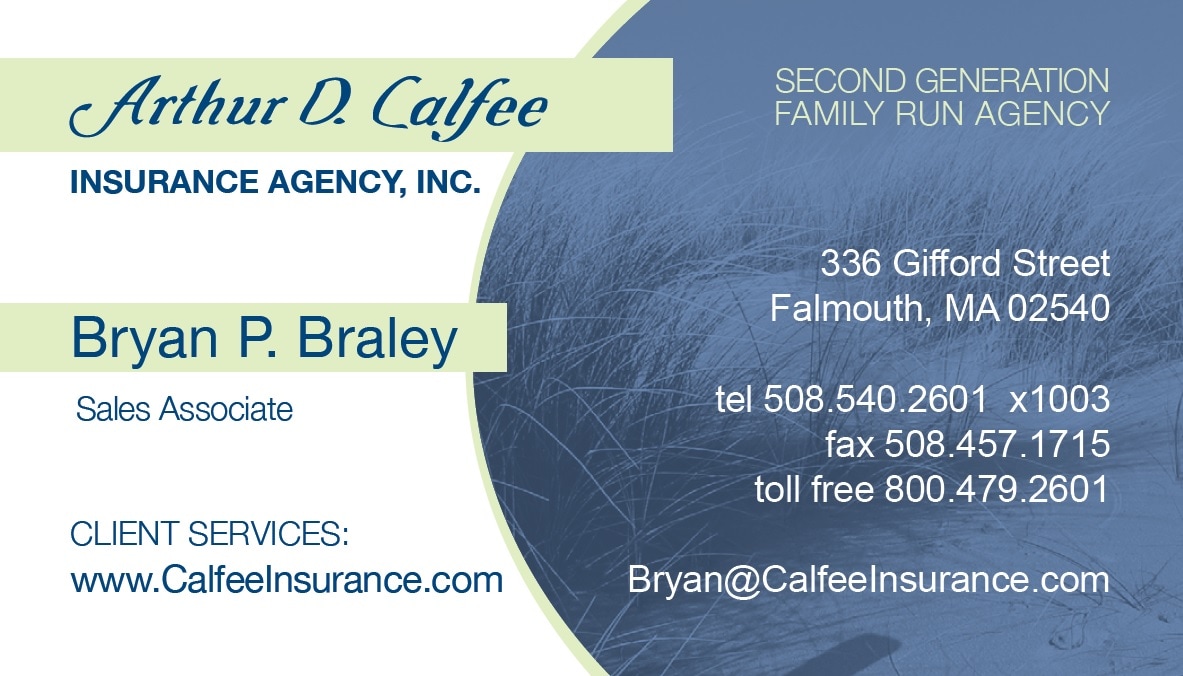
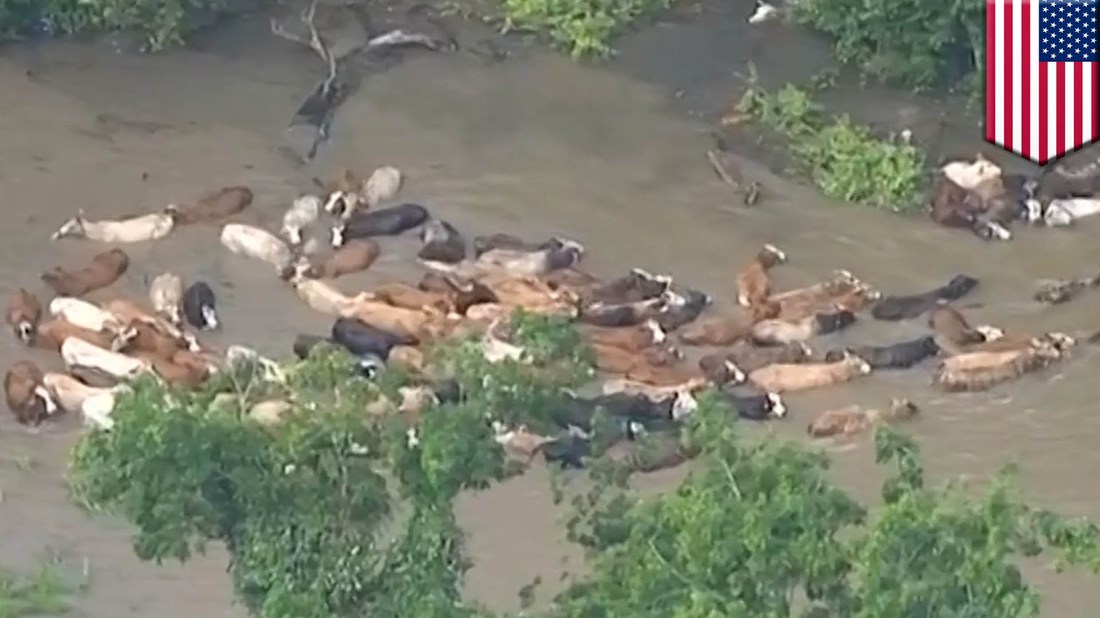
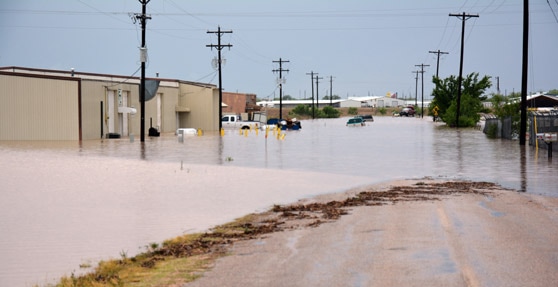
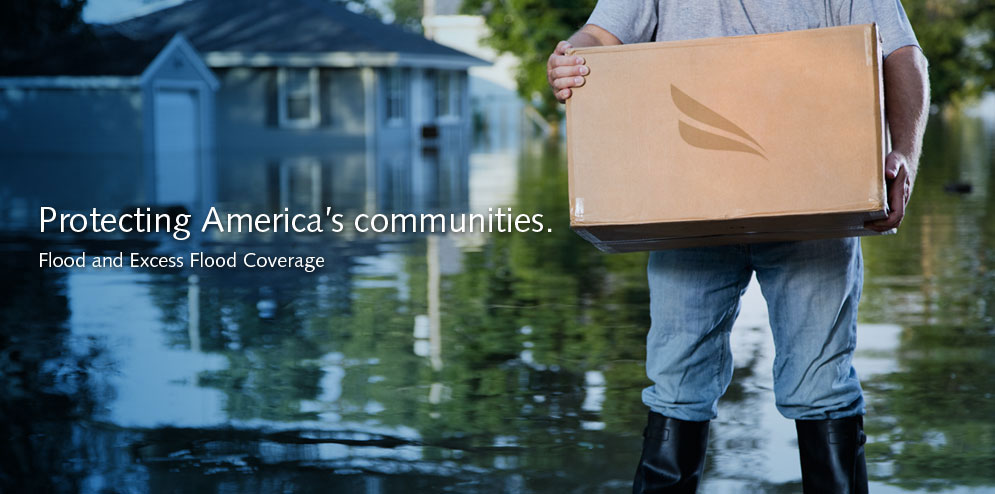
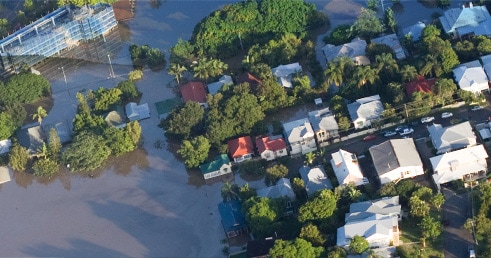
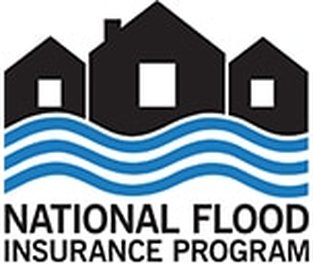

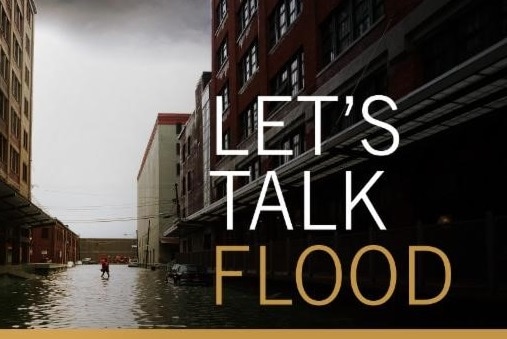
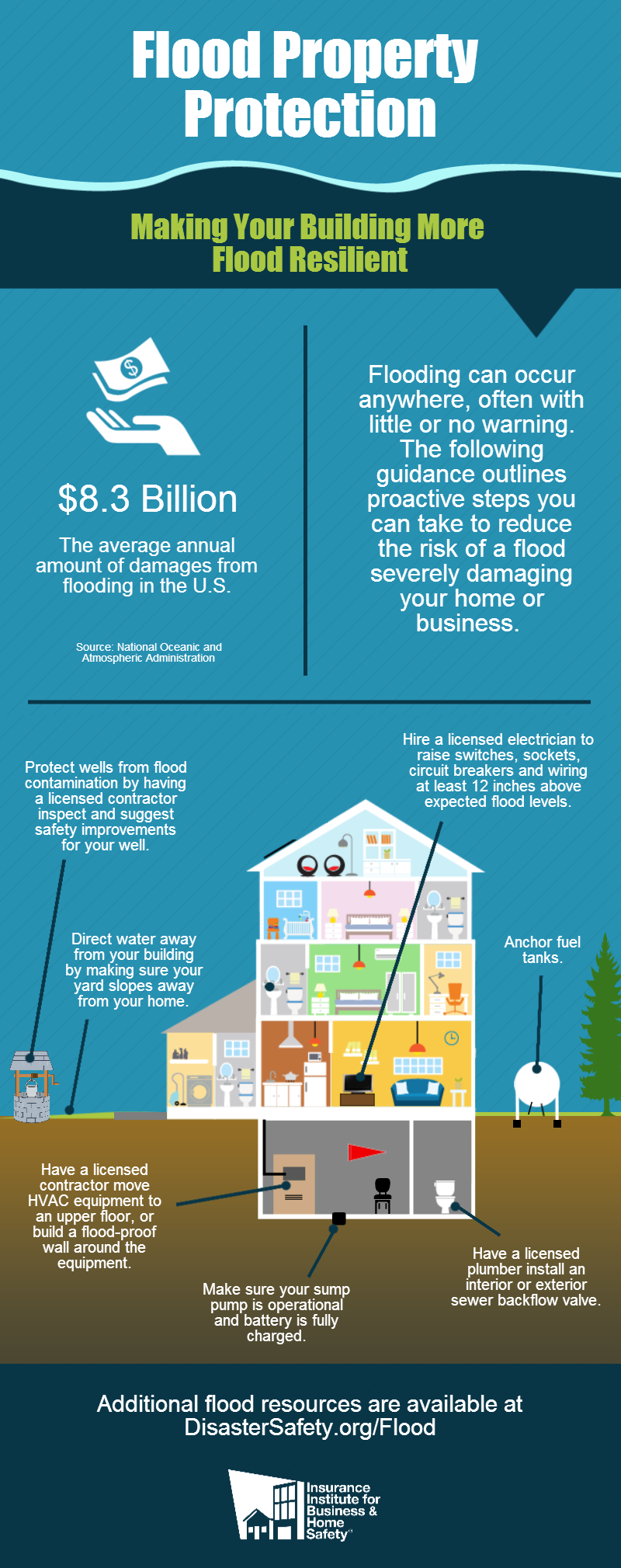
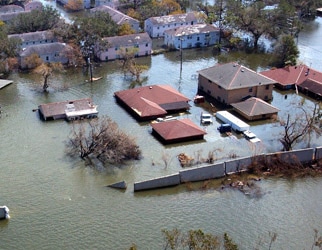

 RSS Feed
RSS Feed
